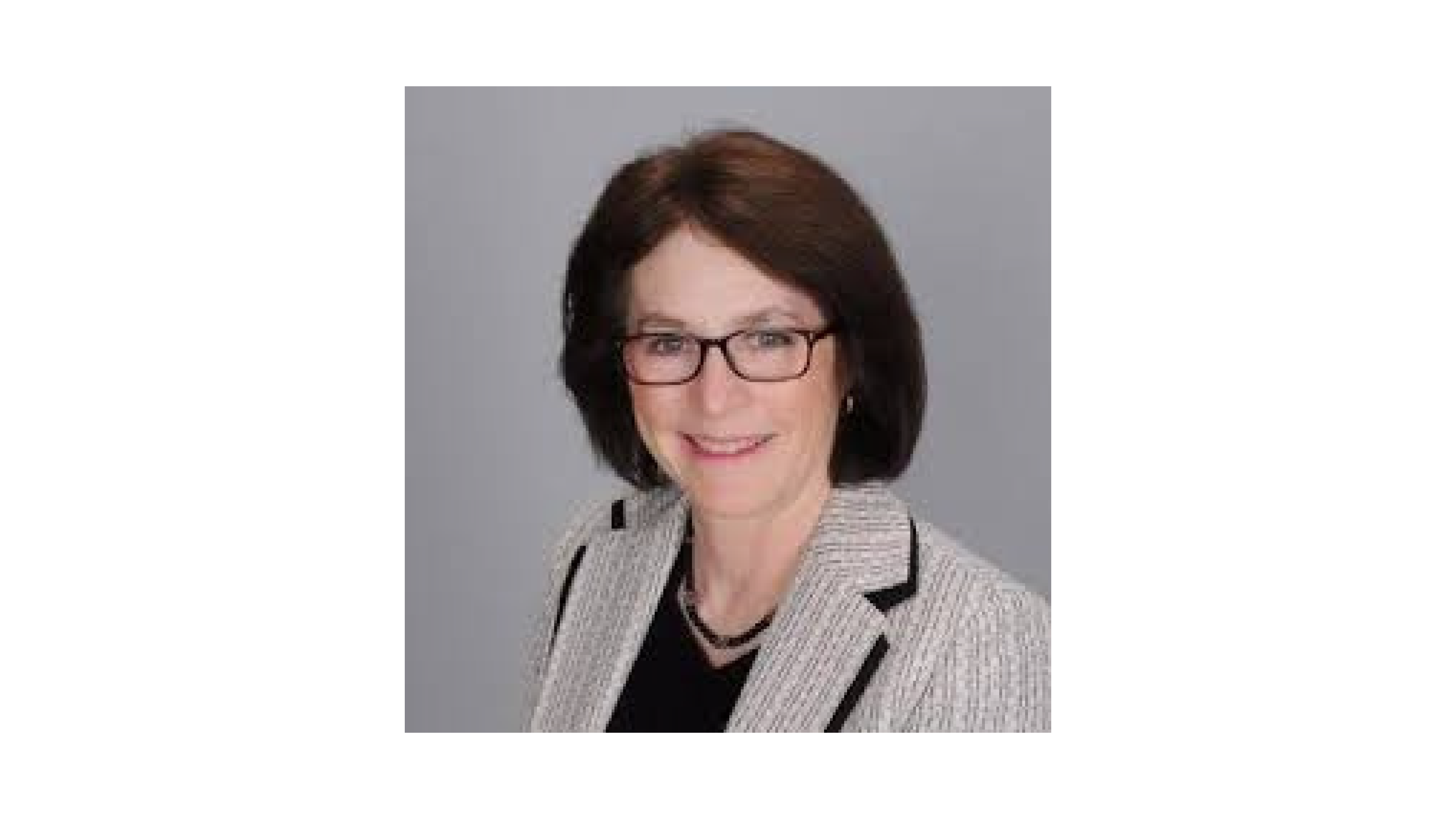Building a Pressure Injury Prevention Plan in a Low-Resource Facility
November 30, 2021
Introduction
A nurse recently shared some of her experiences as a charge nurse in a skilled facility during the COVID-19 pandemic. She worked evenings (3-11:30 pm) at a local facility and was overwhelmed by the high number of patients she was responsible for. She typically worked on a 26-bed floor with just one nurse assistant for the shift. She later transferred to the night shift, where she was the only person on a 16-bed unit for the 8 hours. When asked how she was able to reposition patients as frequently as was recommended, the nurse said that she did “the best I could.” She is, unfortunately, not alone. In a time where “the best I can” may not be enough, how can clinicians overcome staffing limitations and high-acuity patient needs? How best can staff come up with a plan to prevent pressure injuries (PIs) from forming? Wound care professionals can look at some newer types of monitoring systems, recordkeeping databases and digital assessment tools to determine acuity, figure out turning and repositioning schedules, and make a difficult process streamlined. Conventional methods to prevent the formation of a PI include conducting an initial and ongoing skin and PI risk assessment, establishing a repositioning schedule, and ensuring hygiene as well as adequate nutrition. Specific patient needs will be addressed with individualized assessments based on their underlying comorbidities, age, or specific health care setting. For an overwhelmed clinician, having a streamlined process can take the strain off an already burdened system. In 2019, the latest edition of the Prevention and Treatment of Pressure Ulcers/Injuries Clinical Practice Guidelines was released. Using this as a template, wound care professionals can come up with a user-friendly method to develop a four-step plan to prevent a PI. Here clinicians can also plug in some novel tools to help with this plan.
Step 1: Risk Assessment
The first step of the plan is to discern the patient’s risk of developing a PI. The goal of a good skin and PI assessment is to determine risk and wound causative factors, environmental or systemic challenges, and patient needs.1 Here one can start to incorporate some of new electronic risk assessment tools. Using software that is keyed into specific PI risks based on individual patient factors, such as incontinence, immobility, age, or health care setting, a clinician can acquire an individualized risk score. Wound care professionals can then use this score to determine an individualized plan for patients. If a clinician finds themself working a night shift in a nursing facility with 26 patients, it would be critical to know which one of these 26 patients can turn themself, is continent, or would require more frequent checks. An accurate risk score can help to calculate risk so the clinician knows who may require more help during the night. The electronic medical record (EMR) is a tool used to track turning schedules and can be a valuable piece of recordkeeping for the clinician. Perhaps a wound care professional’s facility has a limited amount of offloading support surfaces. This score can also help wound care professionals determine which patient may require such devices so that these limited resources can be allotted in the best possible way. This can also help to create a toileting schedule and trigger an alert to any possible nutritional deficiencies.
Step 2: Determining Goals of Care
Just as patients have individualized risk scores, they also have unique goals of care. Some patients may be at risk of a PI but may need only an occasional reminder to move or reposition themselves. Others may already have a PI that will need monitoring and care. Other patients may have little to low risk of a PI, so they may not need reminders to reposition or other interventions. Yet, others still may be in a situation where the goal of care is simply comfort, and the process of repositioning may be too painful or difficult for them to tolerate. In such a case, if that patient already has a PI, their goal of care may not be healing the wound, but rather, ensuring comfort. Having clear and established goals of care will also help to allocate time, staff, and resources to each patient efficiently.
Step 3: Action Plan
Now that a clinician has determined the risk factors and goals of care, it is time to come up with an action plan. There are many devices on the market today that can assist patients and staff when it comes time to repositioning or toileting. Patient monitoring systems can be set up to alert staff if the patient has been in one position for too long. Timers can be adjusted based on the patient’s specific needs. Some patient monitoring systems can be automatically directed to update the EMR when repositioning is done to allow for uninterrupted flow for staff. Other types of imaging can assess a wound and take digital pictures and measurements to determine improvement or declination. Thermal imaging can also determine early formation of a PI based on the temperature level of the skin. These tools help a busy clinician come up with an efficient plan that best utilizes his or her time. Setting a schedule as part of the plan can help establish consistent repositioning, toileting, and skin/wound checks and treatment. For example, a patient who is at a higher risk of developing a PI may be turned every 2 hours. During this repositioning, grouping activities such as toileting, cleansing, wound treatment, or assessment can be done to expedite and streamline the process. Creativity can guide practice: instead of having one nurse per so many patients, perhaps existing staff can be given specific roles. For example, two or three staff members could be dedicated to repositions, cleaning, and wound treatment. This can help relieve the pressure on a clinician, who has many other tasks to accomplish in a shift.
Step 4: Evaluation
Finally, one must determine whether the plan is working and is essential to a well-rounded program. Using the EMR to track how effective the turning schedule is, one can help determine whether the plan is practical and effective or needs adjustment. Imaging can determine the healing process of a wound and is an objective evaluation method that shows how a wound responds to the plan. If the patient’s condition changes, the plan can be modified as needed based on the evaluation. Communication with other clinicians, the patient, and/or family members should be encouraged throughout the shift through face-to-face encounters, phone calls, texting, or through the EMR system. This will allow for comprehensive evaluation, which can then determine whether our plan is working or needs modification.
Conclusion
With an overworked and often overburdened team of health care clinicians, having a streamlined PI prevention process is necessary. If clinicians find themselves in a position where they are overwhelmed, having such a plan in place is helpful and allows wound care professionals to focus in on those patients who are most at risk. A plan will allow for proper allocation of resources while digital tools act as aids to support it. Novel devices, such as patient monitoring systems, digital wound assessment tools, software that compiles data to aid decision making, and the EMR, which helps track repositioning, will take some of the burden off staff and allow for overall better outcomes for everyone.
Reference
- Norton L, Parslow N, Johnston D, et al. Foundations of best practice for skin and wound management: best practice recommendations for the prevention and management of pressure injuries. Wounds Canada (Canadian Association of Wound Care); 2018. Accessed November 7, 2021. https://www.woundscanada.ca/docman/public/health-care-professional/bpr-…
The views and opinions expressed in this blog are solely those of the author, and do not represent the views of WoundSource, HMP Global, its affiliates, or subsidiary companies.
The views and opinions expressed in this blog are solely those of the author, and do not represent the views of WoundSource, HMP Global, its affiliates, or subsidiary companies.








